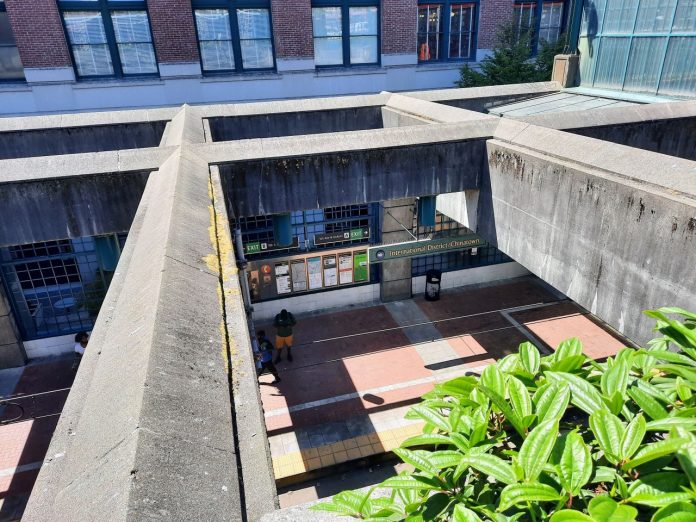
The Sound Transit Board of Directors is fresh off of standing up to major business interests who complained that planned light rail station locations would make South Lake Union traffic untenable during construction. Transit advocates commended the board for not overlooking project delays when considering last-minute alternatives, but their celebrations may be short lived as the next round of Sound Transit 3 decisions are finalized.
In the case of Chinatown-International District (CID) and Midtown stations, the last-minute alternatives will soon have a leg up in the argument about delay costs. In March 2023, the board voted to skip planned Chinatown and Midtown stations in favor of the late-breaking “North and South of CID” alternative, which became the agency’s official preference despite only preliminary study at the time. The revision meant that Sound Transit will need to re-do the Draft Environmental Impact Statement (EIS), a key step needed to advance the project toward federal approval and construction.
But, importantly, the new options will get deeper engineering work compared to other alternatives as they advance, giving them a comparative advantage as the project finally heads into the Final EIS phase, settling on a route once and for all. Already the timeline to open the 7.7-mile Ballard Link line and its nine new stations has slipped from 2035 to 2039, as planning delays have mounted.
Even though a station at 4th Avenue remained in the environmental study, advocates were well aware of how the process was stacked against it, due to losing “preferred alternative” status and not getting detailed engineering work like the late additions are currently getting, as The Urbanist reported at the time. Even the more limited study of the 4th Avenue Chinatown station has yet to be released, although Sound Transit Boardmember Claudia Balducci, who chairs the agency’s Systems Expansion committee, did pledge release of that study soon in response to calls from activists at Thursday’s committee meeting.
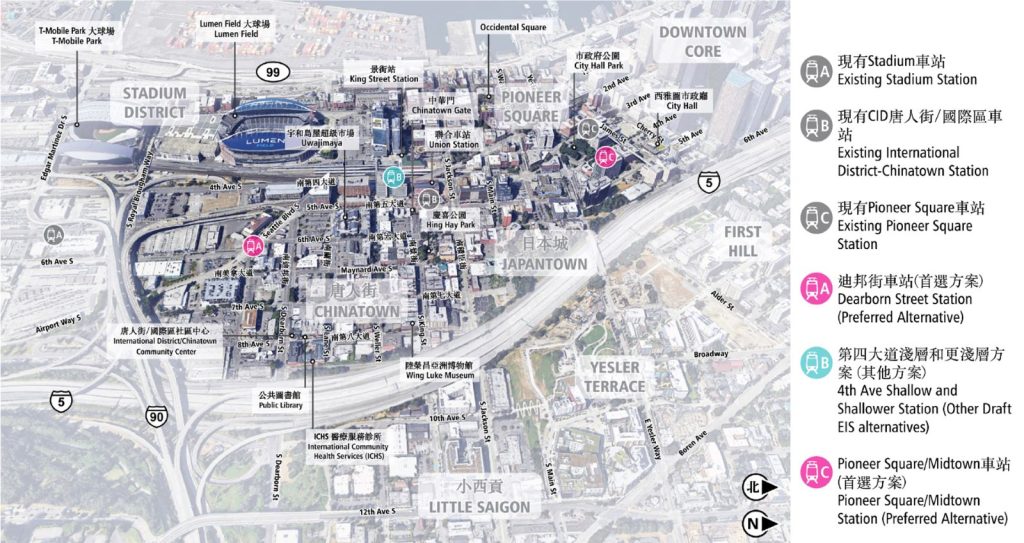
In public comments to the board on Thursday, Brien Chow and Betty Lau, community leaders with Transit Equity for All, a group backing the 4th Avenue station location, stressed that they want more information and the release of the ongoing study of the 4th Avenue option. Chow is also outreach chair at Chong Wa Benevolent Association, where Lau is also a member. Both have long made the case that Sound Transit has not been following National Environmental Policy Act (NEPA) in how it’s been engaging with Chinatown-International District (CID) community members, many of whom do not speak English or speak it as a second language.
“There’s a Sound Transit workshop coming up on July 17 that community has been invited to, a workshop we do not want because it’s ‘eye candy’ for the real information we want on the continued studies of the 4th Avenue light rail alternative that the board voted for [on March 23, 2023],” Chow said in a written comment. “We community members have been left out of the collaboration, decision making and meaningful engagement as required by NEPA. Instead, we are treated to more top-down planning.”
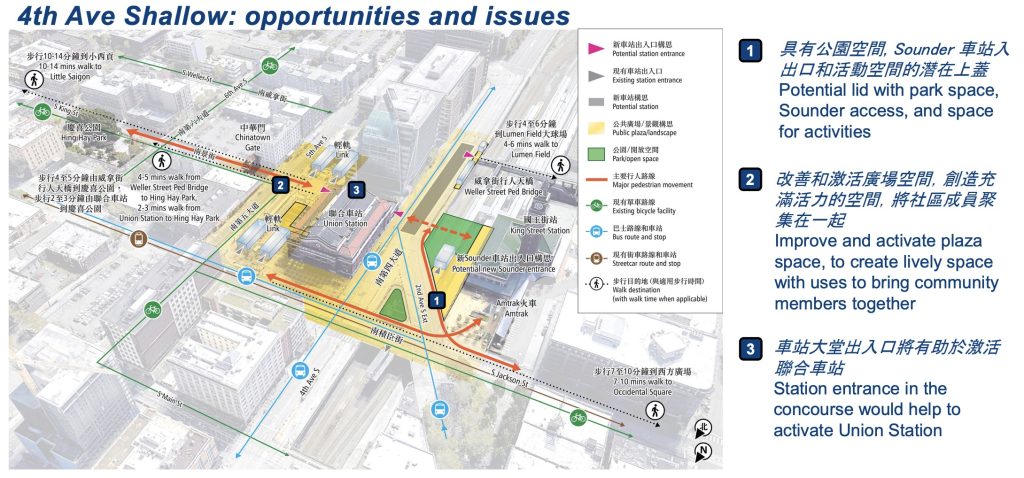
Like the first workshop in March, Sound Transit’s “South Downtown Hub Workshop #2” open house on Wednesday at Union Station focused on how to activate Union Station and improve transit and accessibility in the CID, under the assumption the area will not be getting another light rail station.
For CID station supporters like Chow, the sooner that the Sound Transit Board of Directors can switch 4th Avenue back to the preferred alternative the better. As it stands with the “North and South of CID” options getting deeper engineering work and a greater sense of inevitability, the harder it will be to change course later.
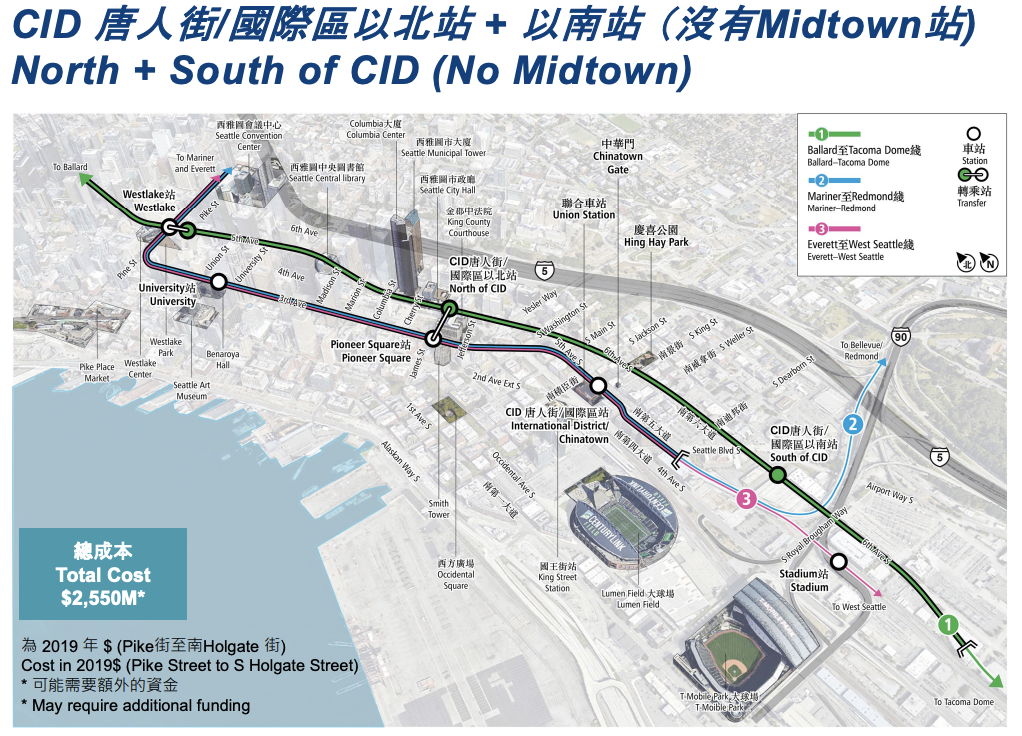
With budgets as big as Sound Transit’s, major delays can swing costs by billions. The agency projects annual construction inflation at between 3% and 4%, and inflation in costs around real estate acquisition and professional services also balloon budgets. Using those inflation factors, Sound Transit found a cost of at least $500 million to delay Ballard Link by 10 months to add two new station options in South Lake Union to the study.
Historically, Sound Transit has not consistently factored delay-induced costs in its decision-making, which is rarely prompt and hiccup-free. However, the agency was pushed to do so by a group of transit experts called the Technical Advisory Group that it hired to offer guidance. The South Lake Union episode represented a new approach more in line with industry best practices — and perhaps indicating greater deference to expert advice from the Technical Advisory Group and other respected professionals.
Changing course late in the process, especially when one option has an advantage in terms of more advanced engineering work, is challenging. Opponents can point to the resulting project delays as a negative in themselves, magnified by the fact those delays also come with inflationary costs putting pressure on the project budget. Even the lobbying power of Vulcan, Amazon, and the Seattle Metropolitan Chamber of Commerce was not enough to pull it off in the case of South Lake Union.
Nonetheless, when existing plans are clearly inferior, simply forging ahead may not be the wisest course.
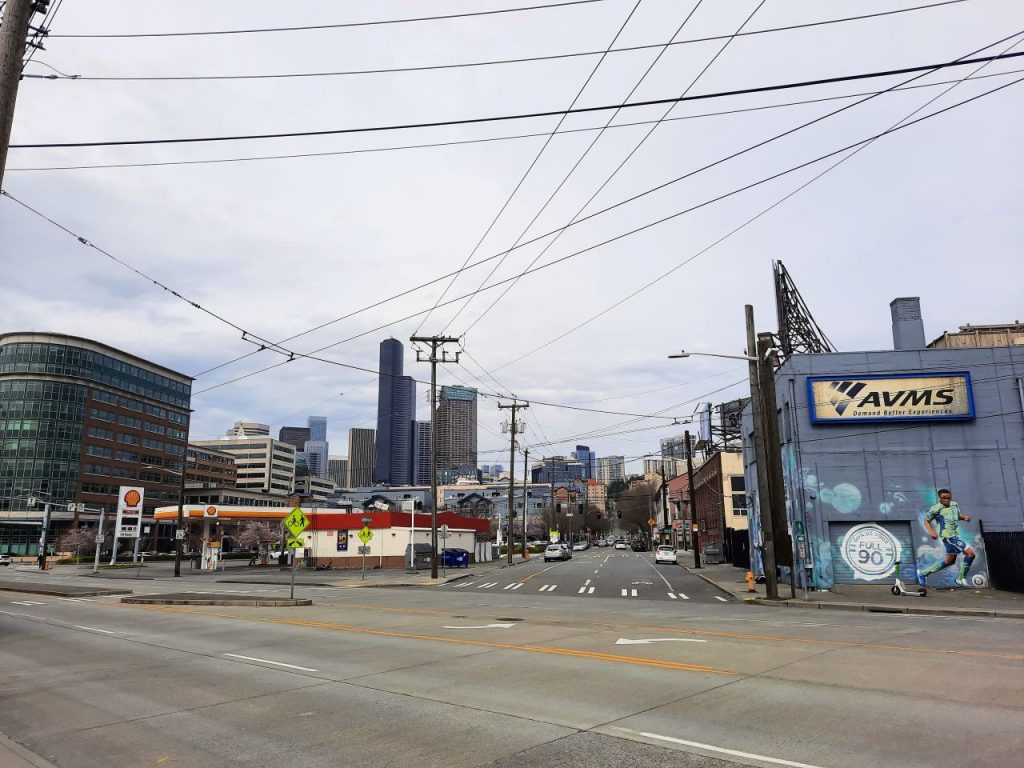
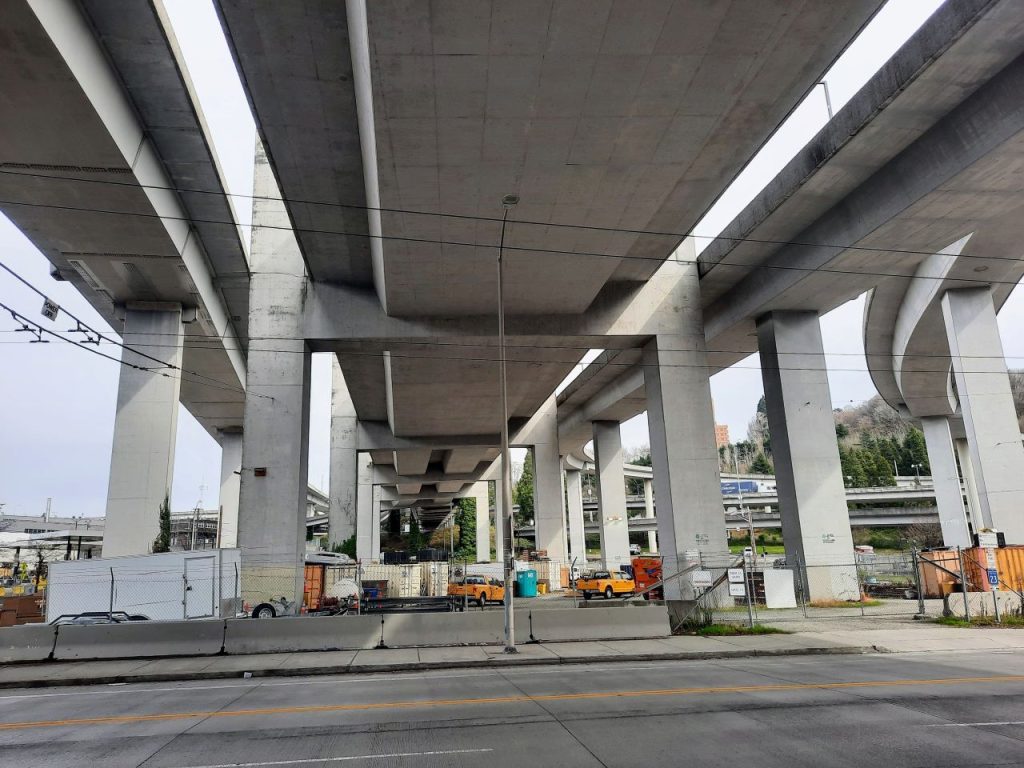
At the July 11 meeting, Lau told Sound Transit boardmembers that failing to put a hub station in Chinatown nearer to the region rail hub for Amtrak and Sounder service would mean worse transit access for communities of color around the region. Lau shared data showing the flow of commuters of color from outside the county is significant.
“Many people commute to Seattle and King County from outside the county in the greater Sound Transit service area, where housing is more affordable,” Lau said on Thursday. “King County has among the highest number of commuters coming from another county in the nation. According to census data, workers who commute from outside of the county fill approximately 34% of jobs, representing 455,000 jobs in King County. And finally, from the Bipartisan Infrastructure Bill fact sheet, Asian American and African American workers commute by public transit at nearly four times the rate of White workers.”
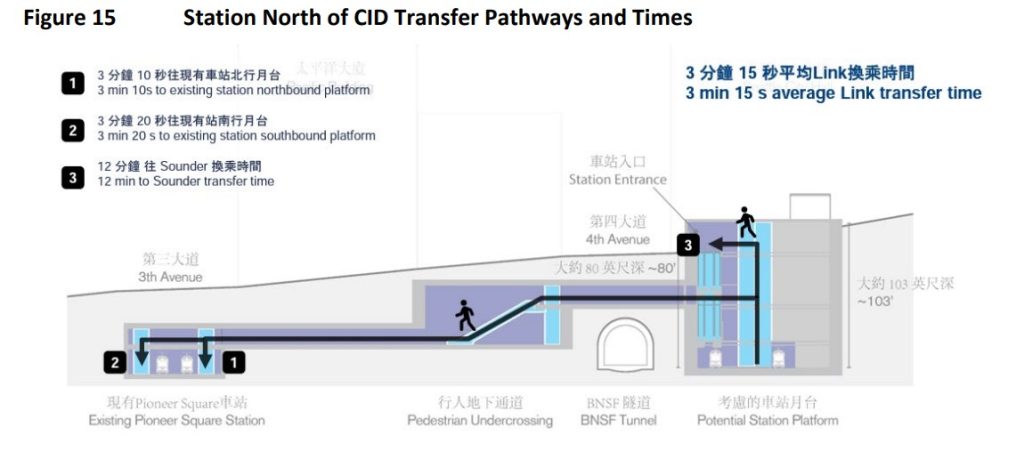
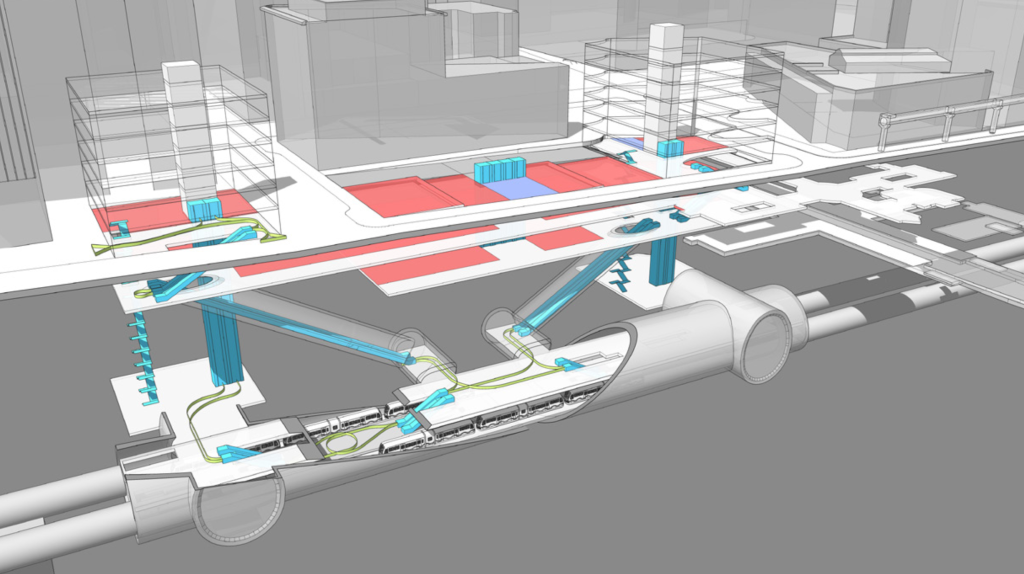
The North and South of CID station options that the Sound Transit board have subbed in would mean worse access to Chinatown. The proposed station at James Street, replacing the 4th and Jackson location, would entail roughly a 10-minute walk on a fairly steep grade to reach the heart of Chinatown or the Amtrak station on Jackson Street.
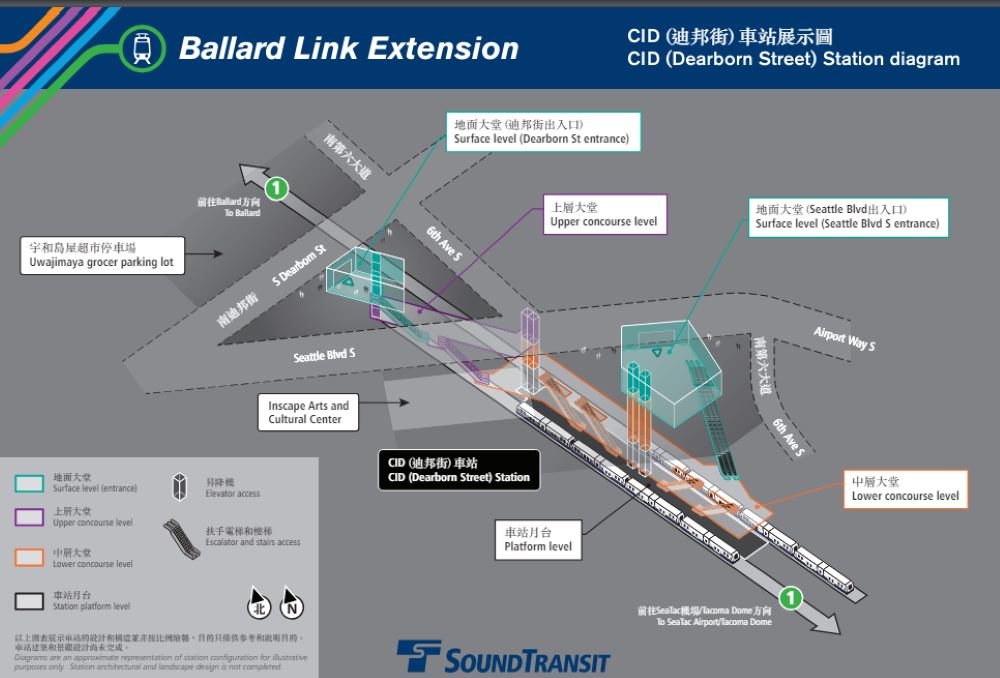
Using the South of CID Station, south of Inscape Center, would offer a shorter walk to the heart of CID, but current plans also requiring crossing busy Dearborn Street, where speeding is rampant. Riders who exit the southern station entrance would also have to cross even busier and wider Seattle Boulevard or Airport Way S in order to head north or east. Of course, few destinations are accessible to the east (or the south) due to the intrusion of the massive freeway interchange between I-5 and I-90, which is hardly a credit to the station location.
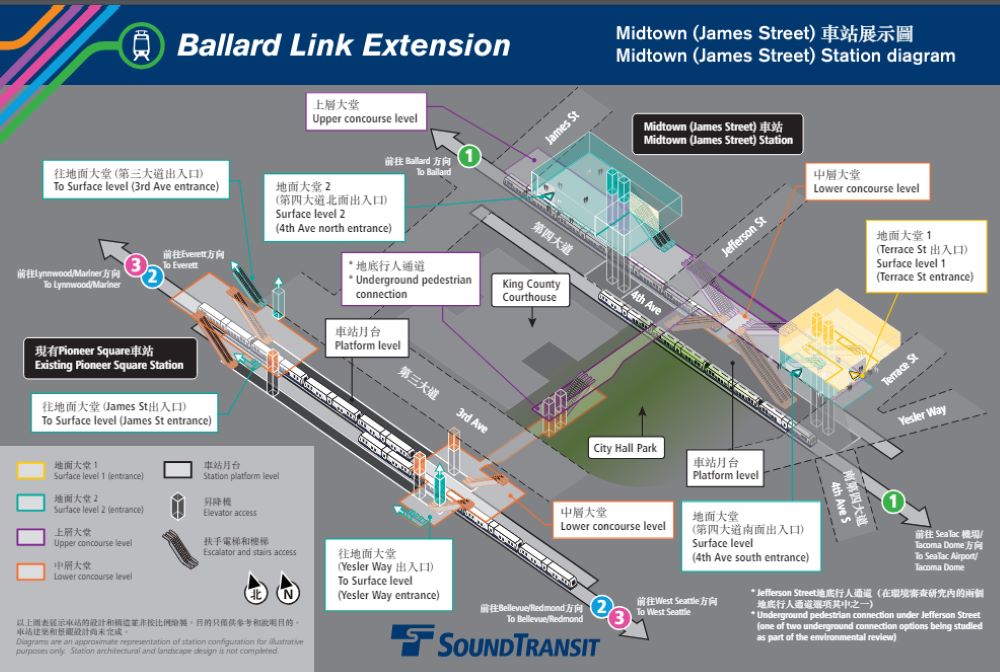
Transferring to another light rail line to reach the CID station by train would entail a significant delay to navigate the new Pioneer Square superstation that Sound Transit is still in the early stages of hashing out. Early estimates put the average platform-to-platform time at 3 minutes and 15 seconds, but Sound Transit is still figuring out how to shoehorn additional elevators and escalators into the existing Pioneer Square Station to make it work.
The other option for transfers is to use Westlake Station (where all three Link lines will meet), but it is also less than ideal given the estimated three- to four-minute walk or roll between platforms as riders navigate about 100 feet of vertical climb and a block of horizontal movement to reach the existing Westlake Station. Add to the walk penalty for changing platforms the transfer penalty as riders wait for another train to arrive, and, for riders hoping to transfer between Tacoma Link and East Link, retrace their journey through downtown, adding yet more time.
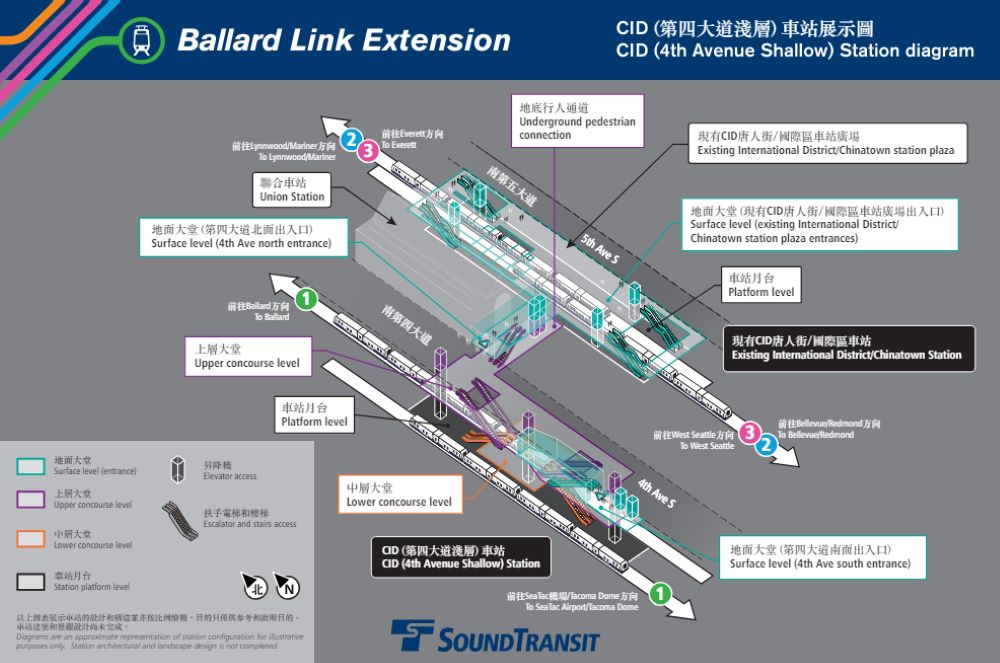
In short, not putting a high quality transfer hub in the Link system will mean wasting a lot of riders’ time, discouraging ridership in the process. Reverting to Midtown and 4th Avenue station locations may end up costing more, and, if Sound Transit does not act soon, delay Ballard Link’s timeline, but to advocates like Lau and Chow, it’s the only sensible path forward.
“Don’t disconnect the regional system with North and South of CID options and disproportionately burden communities of color,” Lau concluded. “Move forward on 4th for maximum accessibility and connectivity.”
Doug Trumm is publisher of The Urbanist. An Urbanist writer since 2015, he dreams of pedestrian streets, bus lanes, and a mass-timber building spree to end our housing crisis. He graduated from the Evans School of Public Policy and Governance at the University of Washington in 2019. He lives in Seattle's Fremont neighborhood and loves to explore the city by foot and by bike.

